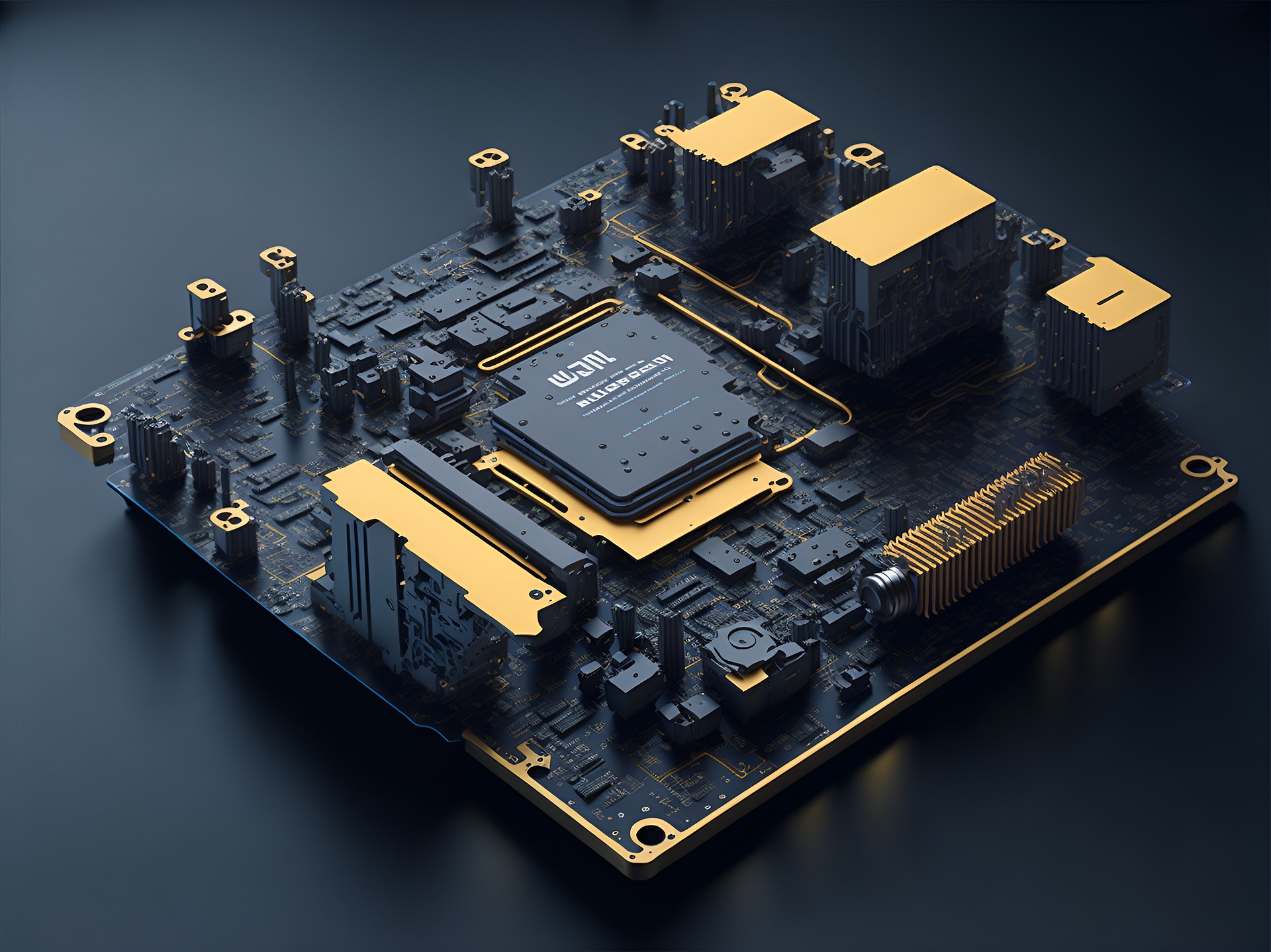Bridging the Gap: The Emergence of eInk Technology in Modern Electronic Devices
The world of tech is evolving at a breakneck speed, with eInk technology leading the charge. This innovation is revolutionizing the way we interact with our devices, bridging the gap between traditional print and digital screens. Let's dive into the world of eInk, its history, and how it's reshaping our technological landscape.

A New Dawn: The Birth of eInk Technology
eInk, or electronic ink, saw its inception in the 1970s at the Xerox Palo Alto Research Center. The idea was to create a digital display that mimicked the appearance of ink on paper. The technology struggled to gain traction initially due to its relatively high cost and limited capabilities. However, it took a significant leap forward in the 1990s when eInk Corporation was founded, leading to the first commercial eInk product, the Sony Librie, released in 2004.
The Turning Point: Kindle and the Rise of eReaders
The real turning point for eInk technology was the release of the Amazon Kindle in 2007. The Kindle’s success demonstrated that eInk could provide a comfortable, eye-friendly reading experience that emulated real paper, making it a preferred choice for eReaders. Today, eInk is a standard feature in most eReaders, with brands like Kobo and Nook also utilizing the technology.
The Present Day: eInk’s Widespread Adoption
Fast forward to today, and eInk’s applications extend beyond eReaders to smartwatches, mobile phones, and even electronic shelf labels in retail stores. Companies like YotaPhone have incorporated eInk screens into their smartphones, providing a low-power, easy-to-read alternative to traditional LED screens.
The Price Tag: eInk in the Market
eInk devices typically fall into a higher price range due to the cost of the technology. For example, a new Kindle Oasis, Amazon’s premium eReader, can set you back around $250. However, the benefits of reduced eye strain and longer battery life often justify the price for many consumers. As the technology continues to develop and become more mainstream, we can expect prices to become more competitive.
The Future: What’s Next for eInk?
The future looks bright for eInk, with many exciting developments on the horizon. For instance, advancements in color eInk, also known as E Ink Kaleido, open up a world of possibilities, from full-color eReaders to dynamic digital signage. Furthermore, the recent development of flexible eInk displays offers countless new applications, from wearable tech to foldable eReaders.
In conclusion, eInk technology is a game-changer in the realm of digital displays. From its humble beginnings in the 1970s to its widespread adoption today, eInk has proven itself a formidable force in the tech world. With new advancements on the horizon, we can only expect eInk’s influence to grow, forever changing how we interact with our electronic devices.





